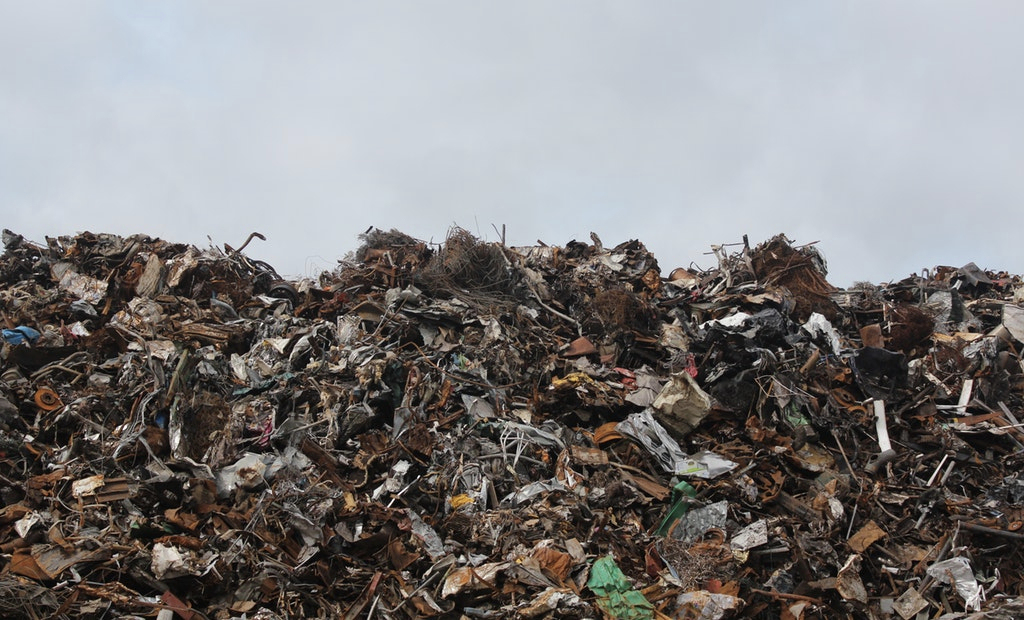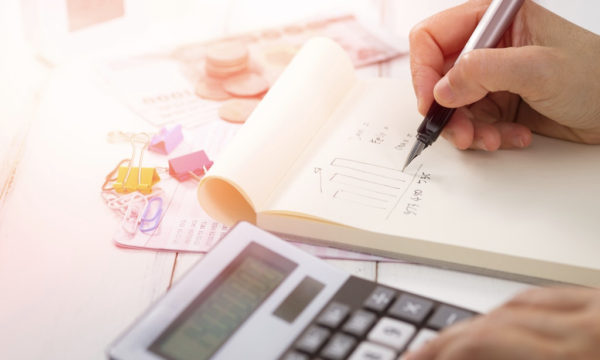Electronic waste: Toxic stockpile or reserve of money

A report by the United Nations University (UNU), based in Tokyo, has revealed that the amount of global e-waste is increasing by a disturbing amount of two million tonnes a year. This amount is due to increase to 50 megatons by 2018.
Apart from the amount of e-waste being produced, there is a rising concern about the value of the electronic parts being thrown away. Many computer elements contain fragments of gold, which is currently being estimated to be worth around £7 billion. The pile also includes more than 16,000 kilotonnes of iron, 1,900 kilotonnes of copper as well as other precious metals such as palladium. On the contrary, it also contains 2.2m tonnes of harmful lead compounds, and other harmful element including mercury, cadmium and chromium, and most dangerous 4,400 tonnes of ozone-harming chlorofluorocarbon (CFC) gases.
According to the UNU report, in 2013 the e-waste total was 39.8m tonnes which increased to 41.8m in 2014, with around 60% of this waste coming from a mix of large and small equipment used by homes and businesses.
The top five worst contributors of e-waste listed across the globe are Norway with 28.4kg (62.5lbs) per person, Switzerland with 26.3kg, Iceland with 26.1kg, Denmark with 24.0kg and Britain with 23.5kg.
The country that produced the lowest amount of e-waste per person was Africa, which contributed an estimated 1.7kg per person. In total, it only has generated around 1.9m tonnes of waste so far.
The UN under-secretary David Malone said: “Worldwide, e-waste constitutes a valuable urban mine – a large potential reservoir of recyclable materials. At the same time, the hazardous content of e-waste constitutes a toxic mine that must be managed with extreme care. There is a large portion of e-waste that is not being collected and treated in an environmentally sound manner.”
Amaliah Sara Marmon-Halm




















Facebook
Twitter
Instagram
YouTube
RSS